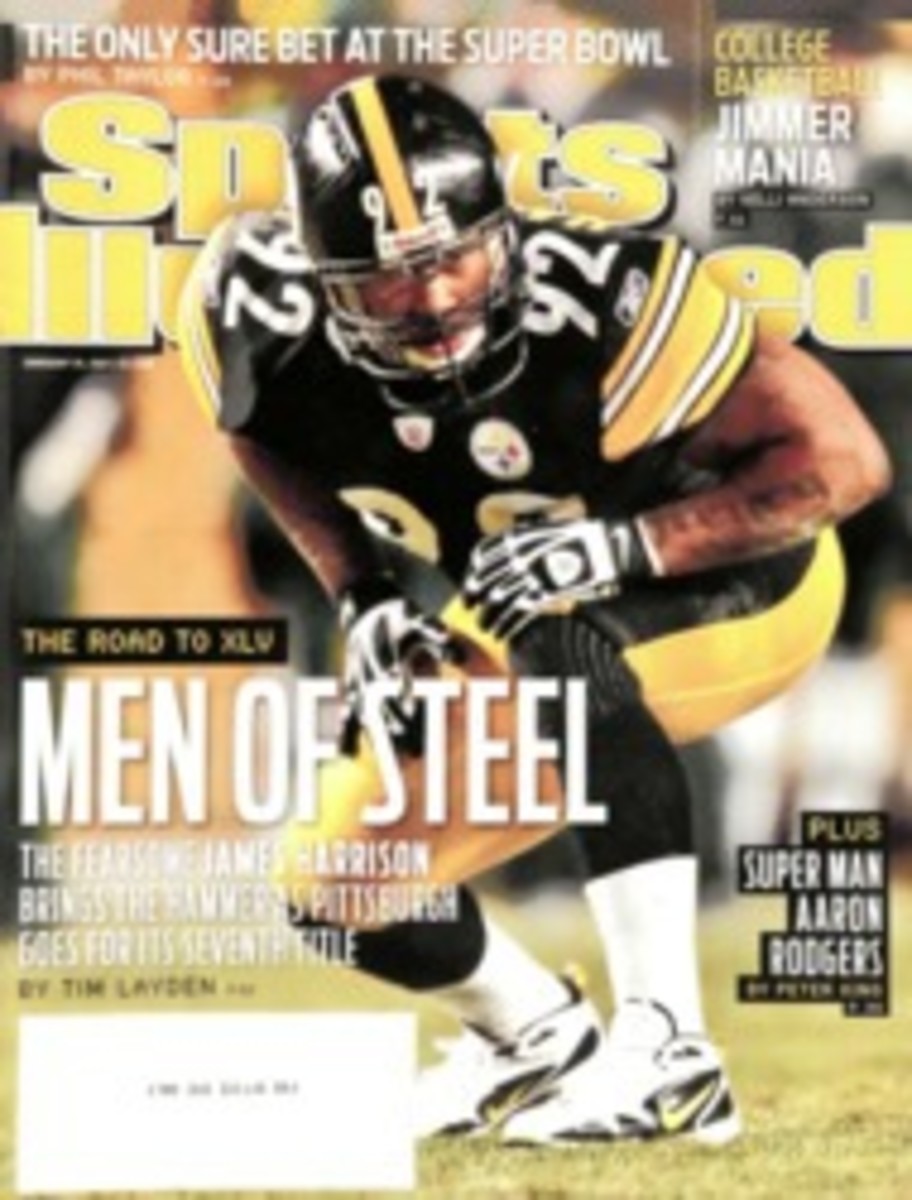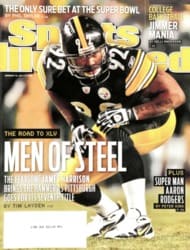
The Clock Starts
Four years ago U.S. coach Bob Bradley brought 29 players to a January training camp in Carson, Calif. Of that group only three players without previous World Cup experience—defender Jonathan Bornstein, midfielder Ricardo Clark and goalkeeper Brad Guzan—made the team that Bradley took to South Africa last summer.
It would be wise, then, to temper expectations for the 25 hopefuls Bradley hosted this month in Carson. There was not a single World Cup vet among them, and the most experienced national team participant was 23-year-old midfielder Alejandro Bedoya, who earned his seventh cap in last Saturday's 1--1 draw with Chile at The Home Depot Center. "These players are just starting to push up the ladder a little bit," Bradley said. Asked if any might be called in for the coming friendlies at Egypt on Feb. 9 or versus Argentina in East Rutherford, N.J., on March 26, Bradley said, "A couple might get consideration."
Who might those be? A few possibilities:
Tim Ream and Omar Gonzalez
Combine the two, and you'd have a world-class centerback. The Red Bulls' Ream has good composure on the ball and reads the game well but needs to be more physical. The Galaxy's Gonzalez is a force at 6'5", but his footwork and passing must improve. Each made progress in camp, and with backline mainstays Carlos Bocanegra and Jay DeMerit now in their 30s, Ream, 23, and Gonzalez, 22, are the best bets to be included on the Gold Cup roster and in other U.S. games this year. "You are always aware of what the national team needs," says Ream, who was the better of the two against Chile. "There is an opportunity, but if you don't continue to work and improve, it won't matter."
Mikkel Diskerud
Bradley says that Diskerud, a 20-year-old attacking midfielder who plays in Norway, shows "a creativity to make a final pass, a little bit of flair in certain situations." Those are qualities in short supply in the U.S. pool, so expect him to see more opportunities.
Juan Agudelo and Teal Bunbury
Much media attention has focused on Agudelo, the Red Bulls' 18-year-old striker who scored in his national team debut in November and was quickly labeled the Future. Agudelo played in only two games for New York last season, and Bradley has cautioned against loading too much pressure on him, but the kid is making that difficult. Against Chile, Agudelo was dangerous from the moment he entered in the 60th minute, drawing a penalty kick in the 75th that resulted in the U.S. goal. Bunbury, the Canadian-born Kansas City striker who buried that PK, holds up the ball well, which is vital in the single-striker formation Bradley lately prefers. "Movement off the ball," Bunbury, 20, said when asked what he needed to improve on. "That's what we are all doing: working on what they tell us so we can keep getting these chances."
Now on SI.com
The SI Soccer Podcast and Grant Wahl's Planet F√∫tbol at SI.com/soccer
THROW-INS
Spex Appeal
Just two months ago Jonathan Spector's career seemed at a crossroads. The U.S. defender did not play a minute at the World Cup and had fallen out of favor with his club team, West Ham. But because of injuries, Spector, 24, was inserted into the Hammers' lineup in late November at central midfield—where he'd never regularly played—and he has thrived. Spector's goal last Saturday against Everton was his fourth in eight starts. Could he be a midfield option for the U.S.? He'll have a hard time supplanting D-mids Michael Bradley, Maurice Edu and Jermaine Jones on Bob Bradley's depth chart, but Spector deserves a look in coming friendlies. At the least his newfound versatility has turned a once-dimming future bright again.
PHOTO
CHRIS WILLIAMS/ICON SMI (AGUDELO)
FAST FORWARD A shortage of options at striker could push 18-year-old Agudelo (in white) into the senior-team mix.
PHOTO
PAUL GILHAM/GETTY IMAGES (SPECTOR)

